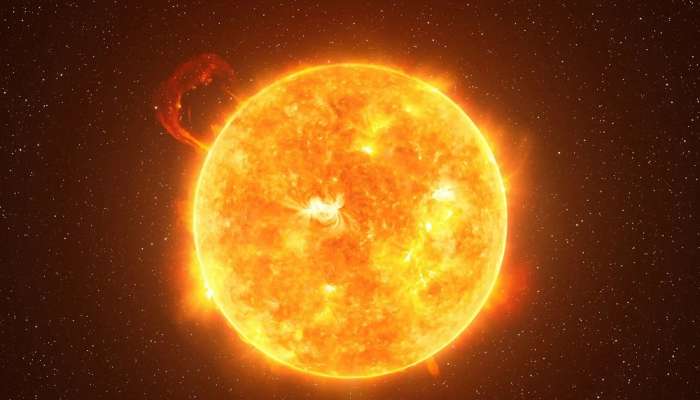
Paris: The European Space Agency (ESA) recently announced a new exploratory programme called Solaris, which aims to figure out if it is technologically and economically feasible to launch solar structures into orbit, use them to harness the sun’s power, and transmit energy to the ground.
The programme is considered a “preparatory” one, meaning the ESA has already completed a pilot study, but it’s not yet ready for full-scale development. It calls for designing an in-orbit demonstration of the technology, launching it in 2030, developing a small version of a space solar power plant in the mid-2030s, and then scaling it up dramatically.
For now, ESA researchers will begin by investigating what it would take to robotically assemble the modules of a large solar array, for example while in geostationary orbit at an altitude of about 22,000 miles. This way, the structure would remain continuously above a particular point on the ground, regardless of the Earth’s rotation.
NASA and the Department of Energy explored the concept in the 1970s and '80s, but sidelined it because of the expense and technological challenges. Still, much has changed since then. Launch costs have dropped, mainly thanks to reusable rockets. Satellites have become cheaper to mass-produce. And the cost of photovoltaics, which convert sunlight into electricity, has fallen, making solar power in orbit more competitive with terrestrial energy sources.
But researchers are considering other designs too. For example, they could deploy three or more smaller arrays in a medium Earth orbit. Instead of functioning at a fixed point in the sky, as a single geosynchronous satellite would, they would form a relay. Each time one array rotated out of transmission range, another would take its place and continue to beam down energy. This could allow for nearly uniform, predictable solar power, gathered at multiple locations on the ground. It would also allow for smaller receivers, since the arrays would be closer to Earth, said Sergio Pellegrino, co-director of the California Institute of Technology’s Space Solar Power Project, which is complementary to Solaris.
Other groups have made advances with space-based solar too, including the Space Energy Initiative. The London-based organisation, a partnership between the UK government, researchers, and industry, got to work following a 2021 report that recommended proceeding with a study of space solar power.
And other organisations are in the space solar mix too, including Northrop Grumman and the Air Force Research Laboratory, which are partnering to study its potential use for military purposes. Japan’s space agency has a solar programme, and so does China’s, which plans to run tests using the country’s new Tiangong space station.